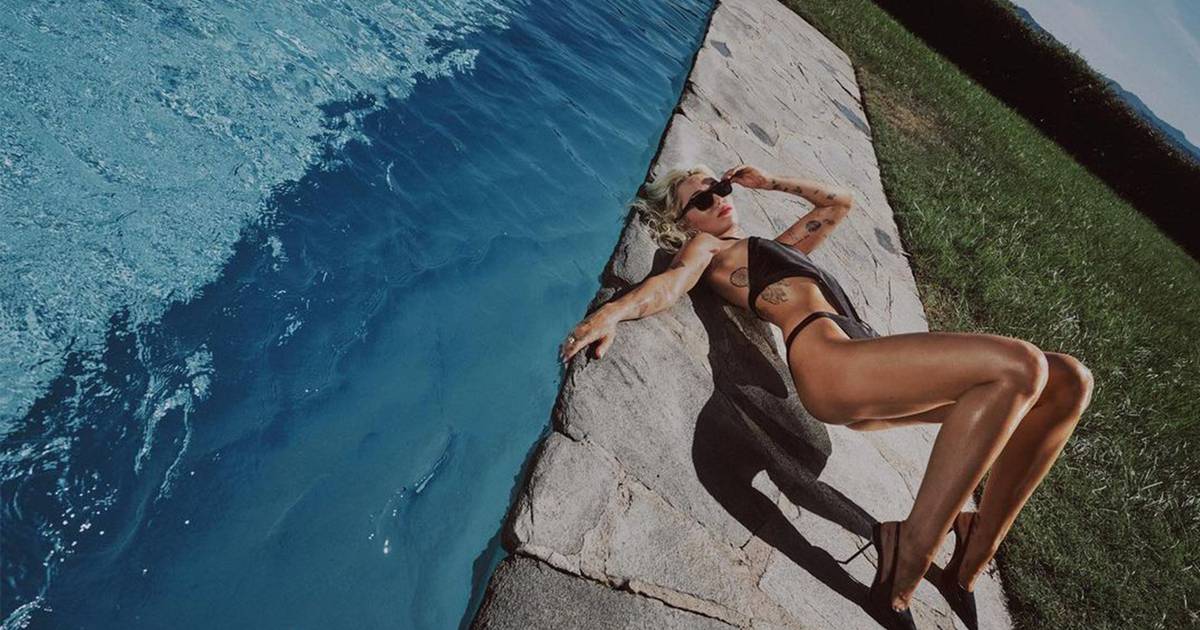Before starting her career in the industry, Isabel Vita recalls the first time she got a spray tan.
Back then, it was impossible to flip through a fashion magazine without seeing a celebrity with an artificial golden complexion or stumble on an advertisement of a tanning salon nearby.
“In hindsight, [the spray tan] probably wasn’t great,” Vita said. “[But it] gave me this glow and confidence and it encouraged me to join this business.” In 2015, Vita founded Dolce Glow, a brand that makes tanning lotions.
Once a favoured pastime of the ‘60s and extending well into the 2000s, tanning in the decades since has significantly dwindled in popularity. Scientific studies have linked ultraviolet exposure from tanning beds to an increased risk in melanoma, forcing lawmakers to intervene in recent years. Tanning beds have been banned or restricted in a number of countries including Australia, Brazil and the US. Sunburn prevention and the success of SPF as a skin care product, meanwhile, delivered another blow to the broader tanning market.
The tide, however, is turning. Budding lines like Dolce Glow and Tan-Luxe, a UK-based brand that makes tanning oil, have aligned themselves with the broader skin care segment, offering safer alternatives to the tanning beds of yore. These companies also educate their consumers on the dangers of the sun, and encourage customers to use their self-tanning products instead of spending hours catching UV rays.
By introducing new formulations, broadening shade assortments to be more inclusive of consumers and securing A-list celebrity investment, today’s generation of self-tanning beauty brands are plotting their next phase of growth.
So far, the message is resonating with consumers. The self-tanning beauty category grew 70 percent in the US between 2017 and 2022, reaching $304 million in sales in 2022, according to data from Euromonitor. Sales are expected to reach $416 million by 2027.
“These brands have huge hurdles to overcome because consumers still associate tanning with looking orange and no one wants that,” said Larissa Jensen, an analyst at market research firm Circana. “If they can have an efficacious product and get more people on board, that could be a big win for the category as a whole.”
A Better Product
Tanning solutions of yesteryear often left consumers with inconsistent and undesirable results — orange, patchy dry skin with a distinct odour. Now, brands are trying to convince consumers that a sunless tan can appear natural.
“The first step to changing the narrative is by developing a quality product,” said Blair James, founder and chief executive of Bondi Sands, an Australian brand specialising in tanning oils and lotions as well as sunscreens. Bondi Sands’ tanners include blue and green undertones, as opposed to a caramel shade, which “is what made folks go orange,” said James.
Tan-Luxe, meanwhile, infuses popular ingredients such as hyaluronic acid into their products in an attempt to align its range with skin care. Isle of Paradise, another emerging self-tanner brand, launched into body care this month with shower gels and moisturisers to make that connection even more seamless.
“We are a skincare business that happens to service this category,” said Marc Elrick, founder and chief executive of Future Beauty Labs, the incubator for Tan-Luxe and Isle of Paradise.
Embracing Inclusivity
Today’s self-tanning brands are also hoping to reach an under-served demographic: people of colour.
Vita of Dolce Glow is amplifying the different uses of tanning lotions such as blurring scars and stretch marks, and evening out skin tone, issues particularly salient among Black and brown consumers who may assume tanning products aren’t for them.
Bondi Sands’ “Technicolour” range comes in four shades: fair, medium, olive and deep. James said he wanted to treat self-tanner much like foundation, addressing under tones along with base shades. The brand began experimenting with different levels of DHA, or dihydroxyacetone, the active ingredient in most sunless tanning products and is typically found in concentrations between 6 percent and 12 percent, to cater to a wider range of shoppers.
Reaching a wider set of consumers will also lend the tanning category credibility, James said. One reason it hasn’t fully come back into popularity is because of a smaller addressable market.
Elrick said offering a greater assortment of shades also gives consumers agency and makes the category less daunting. Isle of Paradise, for instance, debuted tanning “drops” in 2018, a serum to be mixed with body lotions, allowing the consumer to customise their tan.
“With the drops, we took the category from a one-size-fits-all model to one where the consumer is in control,” said Elrick, who said 30 percent of Tan-Luxe shoppers are consumers of colour and 60 percent of shoppers are new to the category.
A-List Approval
Celebrities have also pushed the tanning category forward. Hailey Bieber promoted Tan-Luxe to her 10 million TikTok followers last year and Martha Stewart admitted to a spray tan before shooting her recent Sports Illustrated swimsuit cover.
In February, Miley Cyrus announced her investment in Vita’s Dolce Glow. Cyrus has been Vita’s personal client for over three years, and has come to embody the brand in her latest album, “Endless Summer Vacation,” Vita said. Her other clients include the Kardashians, Sophia Richie and Jennifer Lopez, who she spray tanned for her recent Met Gala appearance.
“A few years ago, people were embarrassed to say that they got a spray tan,” said Vita. “[Having] Miley not only use tanner but invest in brands like mine is definitely changing the narrative.”





 #shorts #shortsfeed #nature #youtubeshorts #iciness
#shorts #shortsfeed #nature #youtubeshorts #iciness